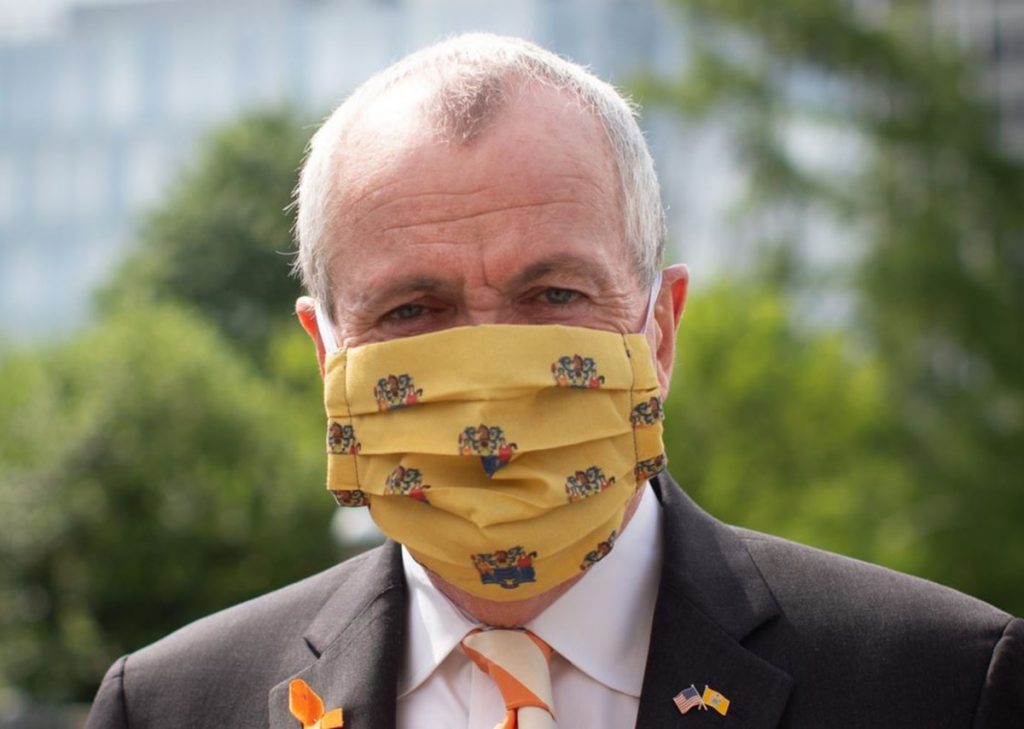I have a friend, a very smart fellow, who early in the pandemic began masking. At the time, masks were not being recommended by health authorities, let alone mandated.
I didn’t think much about his decision. It didn’t affect me. I was what you might call a mask agnostic. Perhaps masks were beneficial, perhaps not.
As the pandemic continued, however, I found myself more and more in the “anti-mask camp.” I didn’t suddenly begrudge my friend or think he was a fool for masking, but I was bothered that personal decisions had become public decisions.
To make matters worse, a kind of mask dogma had taken hold. To publicly question the benefits of masking or point out possible adverse effects was verboten, a crime punishable by social media bans or blacklisting from fact-checkers. (This didn’t stop me from writing about masks—see here, here, and here—but I was very, very careful when doing so.)
Like most people, I didn’t know how effective masks were in preventing the spread of Covid. I did have doubts, however, doubts that were supported by an abundance of scientific research and public health experts.
Just as importantly, as a student of economics, I understood that all actions come with tradeoffs. (Some public health experts learned this lesson the hard way.) What were those tradeoffs? And who could determine if the public health benefit of masks outweighed the adverse consequences?
We didn’t have much time for those questions in 2020, in large part because few people wanted to consider them. The public health bureaucracy certainly didn’t. It had its plan, and it wasn’t interested in exploring science that might undermine their directives. Three years later, however, research has emerged that helps answer these questions.
A study published earlier this month in Frontiers in Public Health conducted a systematic review of more than 2,000 studies on the adverse effects of masking, finding “significant effects in both medical surgical and N95 masks.”
As one might expect, covering the breathing orifices of humans for long periods of time carries health consequences, among them decreased oxygen saturation and increases in heart rate, blood pressure, blood-CO2 levels, and skin temperature, as well as dizziness, speech impediments, headaches, and dyspnea (labored breathing).
Study authors said it was imperative that these findings are considered in future public health policies.
“Face mask side-effects must be assessed (risk-benefit) against the available evidence of their effectiveness against viral transmissions,” the authors concluded. “In the absence of strong empirical evidence of effectiveness, mask wearing should not be mandated let alone enforced by law.”
We now know some of the negative consequences of masking (and mask mandates). But what about their effectiveness in reducing the spread of Covid?
As it happens, a massive study conducted in the UK, which examined one of London’s largest hospitals for 10 months during the highly contagious Omicron variant, sheds new light on this question.
Though the full research has yet to be published (it will be presented at the 2023 European Congress of Clinical Microbiology & Infectious Diseases in April, officials say) study authors make it clear that the hospital’s masking requirement made “no discernible difference.”
“Our study found no evidence that mandatory masking of staff impacts the rate of hospital SARS-CoV-2 infection with the Omicron variant,” said lead author Dr. Ben Patterson of St. George’s University Hospitals NHS Foundation Trust, London.
“The bottom line is that lifting the hospital mask mandate did not lead to a measurable increase in hospital-acquired COVID infections,” Jeanne Noble, associate professor of Emergency Medicine at the University of California, San Francisco, told Healthline, adding that the research was more robust than previous observational trials.
In other words, the two most recent studies on masking suggest masks were terribly ineffective in reducing the spread of Covid, but came with clear health harms. Yet countries across the world and states across the US were mandating their use for months if not years.
How does something like this happen? Economics holds a clue.
In his 1974 Nobel Prize speech, F.A. Hayek talked about the dangers of acting with “the pretense of knowledge.” In some ways, this knowledge was worse than no knowledge at all, because it stood to lead government officials and experts to believe they possessed sufficient knowledge to engineer society successfully.
As many have noted, history has shown that Hayek was right to be worried. And for decades historians and economists have highlighted Hayek’s warning about this “fatal conceit” rooted in the pretense of knowledge, stressing the importance of demonstrating “to men how little they really know about what they imagine they can design.”
Fewer, however, have noted a separate paragraph from Hayek’s speech, in which he notes what drives public officials to act with insufficient knowledge.
“The conflict between what in its present mood the public expects science to achieve in satisfaction of popular hopes and what is really in its power is a serious matter because, even if the true scientists should all recognize the limitations of what they can do in the field of human affairs, so long as the public expects more there will always be some who will pretend, and perhaps honestly believe, that they can do more to meet popular demands than is really in their power.”
This paragraph perfectly describes the phenomenon witnessed during the pandemic.
Public officials clearly did not have enough knowledge to make rational decisions for hundreds of millions of Americans. But they had to pretend they did (and perhaps some actually believed they did, as Hayek suggests) because that was the popular demand. Influential conservatives and progressives both largely bought into the fiction that public health officials could rationally plan society—through mask mandates, lockdowns, and social distancing—to protect humans from the coronavirus.
The pandemic was not just a failure of science. It was also clear evidence that government, freed from its constitutional and rational limitations, has grown far too large, as have our expectations of it.
Jon Miltimore
Jonathan Miltimore is the Managing Editor of FEE.org. (Follow him on Substack.)
His writing/reporting has been the subject of articles in TIME magazine, The Wall Street Journal, CNN, Forbes, Fox News, and the Star Tribune.
Bylines: Newsweek, The Washington Times, MSN.com, The Washington Examiner, The Daily Caller, The Federalist, the Epoch Times.
This article was originally published on FEE.org. Read the original article.



